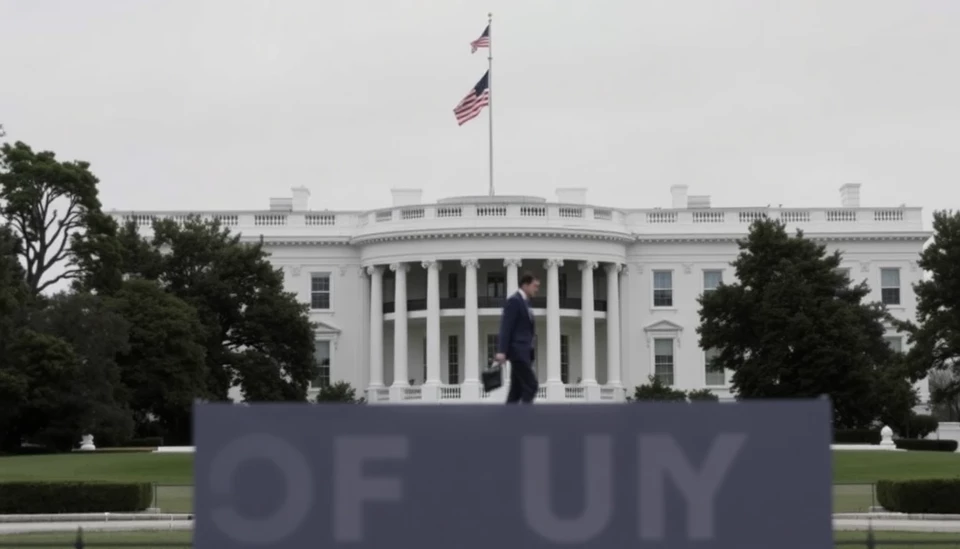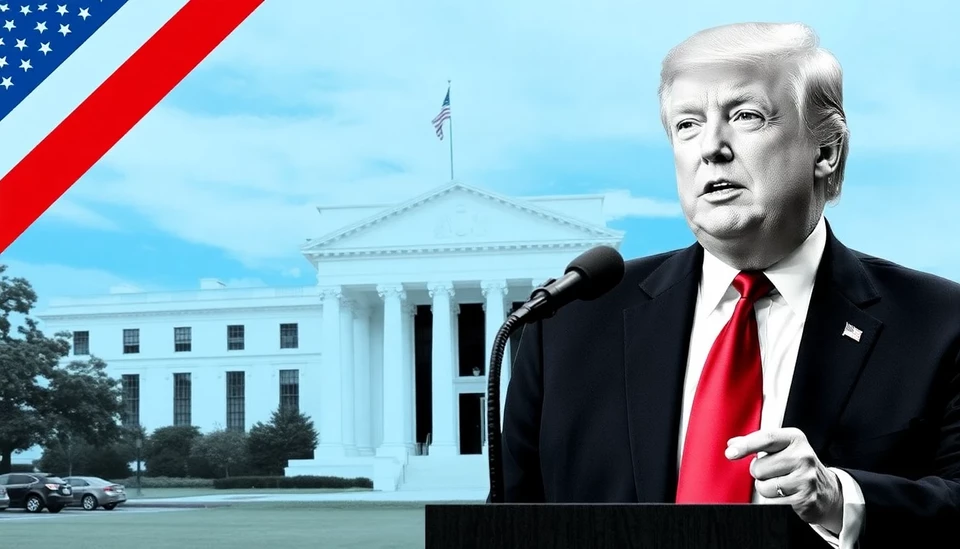
In an ambitious move aimed at reshaping the federal workforce, former President Donald Trump has proposed a buyout plan that would affect thousands of federal employees. This initiative seeks to incentivize voluntary resignations, enabling the government to reduce its overall headcount and streamline operations. However, as details emerge, experts are voicing concerns about the effectiveness of this plan.
The proposed buyout program was initially introduced as part of the wider discussion on government reform during Trump’s administration. The idea is to offer financial incentives to federal employees in exchange for their voluntary departure. Advocates of the plan argue that such buyouts can lead to the elimination of redundant roles and an infusion of fresh talent into the workforce. They claim that relieving the government of its legacy employees could ultimately lead to greater efficiency and productivity within federal agencies.
Despite these potential benefits, recent surveys and analyses indicate that the buyout plan may not yield the desired results. Many federal employees are reportedly hesitant to resign, even for financial incentives. The reluctance stems from a variety of factors, including concerns over job security, health benefits, and a desire for stability in a changing job market. Consequently, experts worry that the buyout will fail to stimulate the mass resignations the government is counting on.
Additionally, the buyout program faces logistical challenges. Implementing such a large-scale program requires careful planning and management. There is also the risk that the most valuable and experienced employees will opt to stay, leaving the government with less skilled personnel. These dynamics could hinder the overall goal of improving federal service delivery.
Former federal officials have noted that previous buyout programs experienced similar issues, where the incentives offered did not align with employee perceptions of their value and contributions to the agency. This historical perspective lends credence to current skepticism surrounding Trump's buyout initiative.
As discussions continue, the Biden administration and federal employee unions are closely monitoring the situation. They are likely to advocate for measures that protect the workforce, ensuring that any transition does not disproportionately impact essential services. The reaction to Trump's proposal will substantially influence future labor negotiations and workforce strategies.
In conclusion, while the idea of buyouts for federal workers appears appealing on the surface, the practicalities of executing such a plan raise multiple questions. The effectiveness of this initiative remains uncertain, with both federal employees and analysts expressing doubts about its potential to foster meaningful change within the government structure.
#Trump #FederalWorkers #BuyoutPlan #GovernmentReform #JobSecurity #EmployeeIncentives #FederalEmployment #WorkforceStrategy #EmploymentTrends
Author: Rachel Greene




